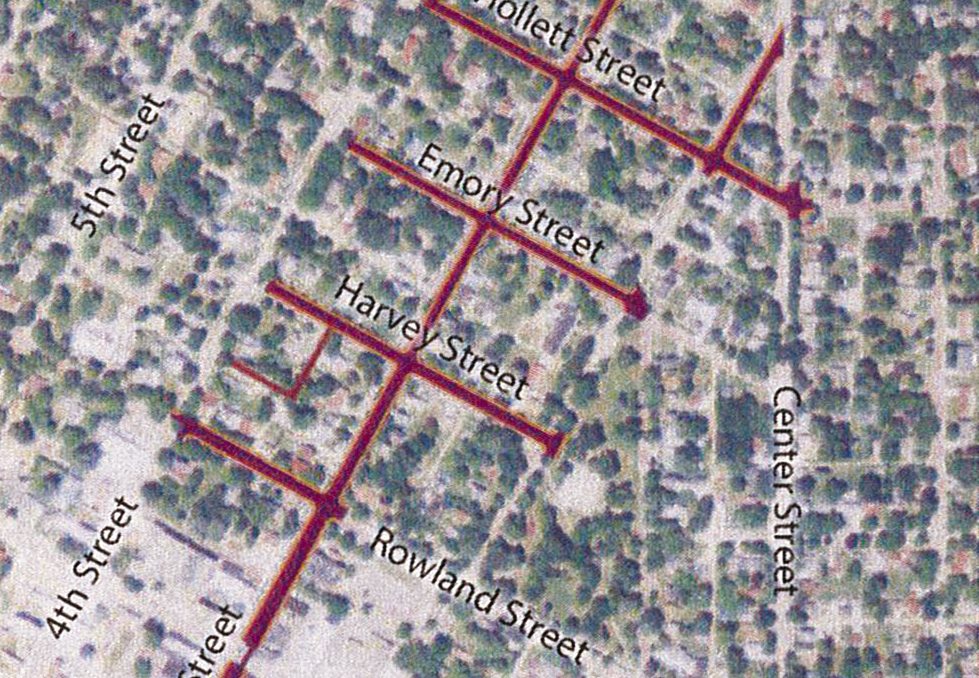
By Seth Schmidt
Tracy property owners affected by the planned $6.7 million Phase 3A infrastructure project got a first look at what individual assessments might be Monday night.
The preliminary assessment roll shows that most of the 139 real estate parcels would be assessed at $7,500, which is proposed as a cap for individual assessments. A total of 110 properties would be assessed at the maximum $7,500, with 29 small parcels being assessed at lesser amounts.
The proposed capping of most assessments at $7,500 reflects a policy that the council used in setting Phase One special assessments in November of 2017. Seventy-six privately-owned real estate parcels in northeast Tracy were each given an identical $5,435 special assessment in 2017, regardless of lot size, with houses and bare lots treated the same.
At a public hearing Monday night, project engineer Chris Larson, of the ISG Group, explained that a final Phase 3A assessment hearing would be held in November, if construction proceeds as expected this year. Special assessments would then be certified for first half 2020 property taxes.
The preliminary assessment roll could change, Larson pointed out, depending on actual construction bids.
The Phase 3A project has not yet been let out for bids, Larson explained, because final approval of plans is needed from Rural Development, the federal agency that is providing financing for the project. Engineering plans were submitted to the agency in October, he said, and he’d hoped that approval would allow bidding this winter. But with Rural Development staff furloughed because of the federal government partial shutdown, Larson said the approval, bidding, awarding of a contract, and start of construction timelines were all uncertain. (See related story).
Construction zone
Fifteen blocks of streets through the heart of Tracy will be affected by the Phase 3A construction: 6.5 blocks on Third St., 2.5 blocks on Hollett St., one block on Second St., two blocks on Emory St., two blocks on Harvey, and one block on Rowland. (See map). Improvements are also planned across Central Park and in an alley between Harvey and Fourth streets.
Sanitary sewer, storm sewer, and water main improvements are planned along most street segments. Street excavations will lead to the construction of new paved streets, curb, gutter, and sidewalk.
Larson said that in most cases, all underground infrastructure will be replaced. For instance, even if a water main has an expected service life of another 10 years, it is still cost-effective to replace the main with new when the street is dug up, to avoid the need to excavate a new street for future repairs, the engineer explained.
Some inconveniences will be inevitable during construction, Larson said, as there will be times when residents won’t be able to access driveways or be able to park in the street by their homes. Fortunately, he said, most residential properties have alleys, which will ease the construction disruption.
For more on this article, see this week’s Headlight-Herald.
